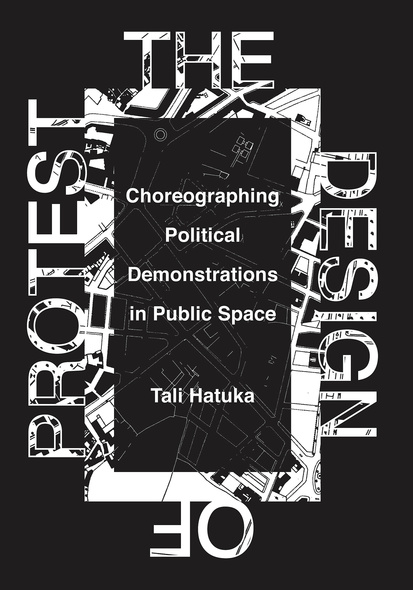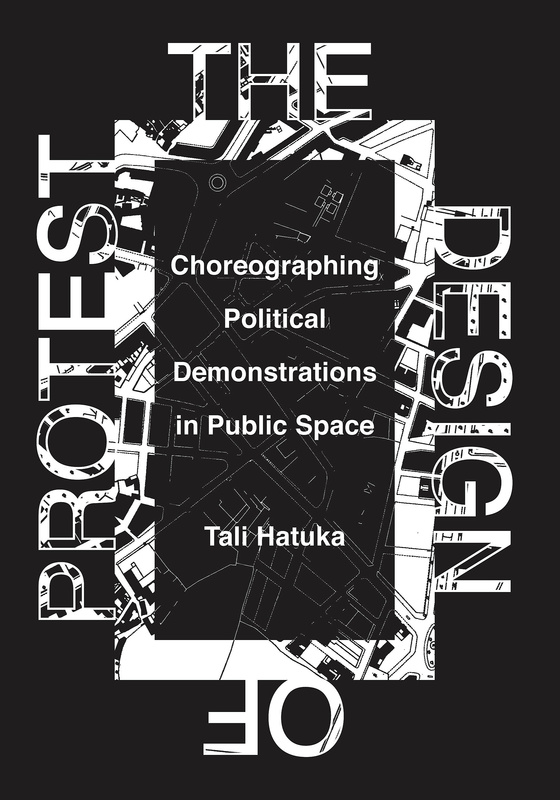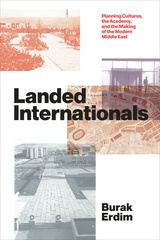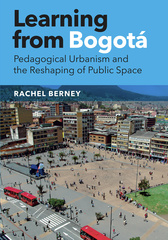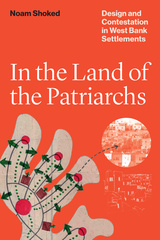The Design of Protest
Choreographing Political Demonstrations in Public Space
Public protests are a vital tool for asserting grievances and creating temporary, yet tangible, communities as the world becomes more democratic and urban in the twenty-first century. While the political and social aspects of protest have been extensively studied, little attention has been paid to the physical spaces in which protests happen. Yet place is a crucial aspect of protests, influencing the dynamics and engagement patterns among participants. In The Design of Protest, Tali Hatuka offers the first extensive discussion of the act of protest as a design: that is, a planned event in a space whose physical geometry and symbolic meaning are used and appropriated by its organizers, who aim to challenge socio-spatial distance between political institutions and the people they should serve.
Presenting case studies from around the world, including Tiananmen Square in Beijing; the National Mall in Washington, DC; Rabin Square in Tel Aviv; and the Plaza de Mayo in Buenos Aires, Hatuka identifies three major dimensions of public protests: the process of planning the protest in a particular place; the choice of spatial choreography of the event, including the value and meaning of specific tactics; and the challenges of performing contemporary protests in public space in a fragmented, complex, and conflicted world. Numerous photographs, detailed diagrams, and plans complement the case studies, which draw upon interviews with city officials, urban planners, and protesters themselves.
An impressive and serious-minded effort to build an analytical framework that would allow us to evaluate protest actions as design interventions on their own terms…a book like this is, indeed, long overdue.
[The Design of Protest] opens up exciting lines of analysis by examining protests as spatial choreography, using concepts such as theater, ritual, and icons as new frames of understanding. It also broadens the terrain through careful consideration of a diverse set of protests.
This book could not be more important or timely. The wave of regressive events in 2016 will surely spark a whole new and intense era of public protest and civil disobedience, and this book has the potential to be a great reference for the upcoming struggles toward a better world. It has a very large audience that spans from the architectural and planning disciplines all the way to sociology, political science, social work, and public policy. It should also be read by everybody using public protest as part of their political agenda, as well as those in charge of the safety of protests. In summary, this is a book that every urban designer and every social movement organizer should read.
This book has tremendous potential. There is a rich literature about social movements, but I know of no other book that specifically speaks to the question of the spatial configuration of protest events. This is a valuable contribution.
An architect and urban planner, Tali Hatuka founded and directs the Laboratory of Contemporary Urban Design (LCUD) in the Department of Geography and Human Environment at Tel Aviv University. She is the author of Violent Acts and Urban Space in Contemporary Tel Aviv: Revisioning Moments.
- Preface
- Organization of the Book
- Acknowledgments
- PART I. PLANNING PROTESTS
- Chapter 1. Challenging Distance
- Keeping Distance in Public Space
- Challenging Distance during Protests
- The Design of Protests
- Chapter 2. Choosing a Place
- Defining Distance through Forms and Symbols
- Public Space Prototypes and Protest Cultures
- Changing the Narration of Space
- Choosing a Place, Appropriating the Right Locus
- Chapter 3. Enhancing the Impact
- Protest as the Juxtaposition of Spheres
- Context and the Search for Alternative Forms of Protest
- The Manifold Spatialities of Protests
- The Underlying Principles of the Groups’ Protests
- Reimagining Sociospatial Distance
- Chapter 4. Bargaining Power
- Controlling the Events
- Negotiating Power
- Between Predictability and Uncertainty
- Chapter 1. Challenging Distance
- PART II. SPATIAL CHOREOGRAPHIES
- Chapter 5. Staging the Action
- Crafting a Spatial Choreography in the Quest for Change
- Spatial Prototypes of Actions: Spectacle, Procession, and Place-Making
- Does a Winning Spatial Choreography Exist?
- Chapter 6. Spectacles
- Theater | Tel Aviv, Rabin Square, November 4, 1995
- Ritual | Buenos Aires, Plaza de Mayo, August 31, 2006
- Bareness | Tel Aviv, King George, January 26, 2008
- Chapter 7. Processions
- Target | Istanbul, Taksim Square, May 1, 1977
- Conjoining | Leipzig, Augustusplatz, October 9, 1989
- Synchronicity | Worldwide, February 15, 2003
- Elasticity | Caracas, Autopista Francisco Fajardo, April 11, 2002
- Chapter 8. Place-Making
- Reiconization | Beijing, Tiananmen Square, June 4, 1989
- City Design | Washington, DC, National Mall, May 13–June 24, 1968
- Narrative | New York, Zuccotti Park, September 17–November 15, 2011
- Chapter 5. Staging the Action
- PART III. CONTINUUM
- Chapter 9. Performing Protestability
- Challenging Distance in Future Protests
- Performing Protestability as an Ethical Task
- Chapter 9. Performing Protestability
- Notes
- Bibliography
- Index

